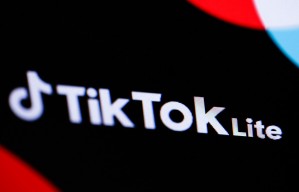The Mountain View, Calif., startup Drchrono has created a new application that it refers to as the first "wearable health record" for Google Inc.'s Google Glass.
Doctors will be able to use the app to record check-ups, consultations, surgeries, and other medical procedures with the patient's consent, according to Daily Digest News. Notes, videos and photos about the procedures can be stored in the patient's medical history file.
Because of Drchrono's partnership with Box, a cloud-based storage platform, medical professionals can also use Glass to share information directly with patients online.
Missy Krasner, spokeswoman for Box and former employee of Google Health, said she knew of at least 20 venture-back startups that are looking into the medical use of the device, Fox Business reported.
An event was hosted by the Google team last month at its San Francisco office for care providers, medical-tech entrepreneurs and hospital administrators, where the team talked about the best ways to use Glass in practices.
"Google is still in the early-stages of determining the most viable un-cases for Google Glass," said Daniel Kivatinos, co-founder of Drchrono. "But some doctors are demanding Glass, so Google is providing resources and support to developers."
The possibility of the patient's medical information falling in the wrong hands is the main concern of recording and sharing pieces of the patient's record, Digital Digest News reported. Despite this issue, Dr. Bill J. Metaxas, a doctor from San Francisco, said that in order to properly use Glass's security settings, doctors just have to be vigilant.
Metaxas, a podiatrist, uses the device on a routine basis in his work. He said that most of his patients agree to use Glass during procedures.
Drchrono claims that its electronic medical record is used by 60,000 of its registered physicians for doctors and patients, Fox Business reported. Kivatinos said that over 300 of these physicians have already chosen to use the app.
The app is available now for free. However, consumers may have to pay a fee in the near feature.








